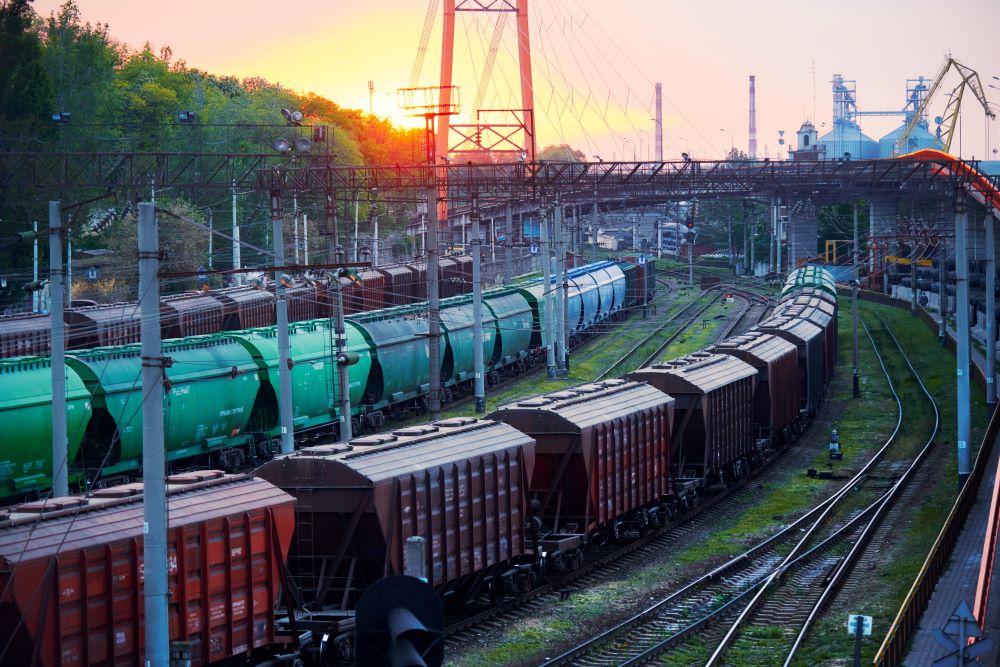
Tesco could be leading the way with its increased use of rail freight during the UK’s ongoing HGV driver shortage crisis.
The supermarket has started using a chilled rail service to bring fruit and vegetables to Britain from Spain, cutting its reliance on lorries.
The company is ramping up its rail use from 65,000 containers a year to 90,000 by November or December.
“We’re one of the few if not the only grocery retailer in the UK that uses rail extensively,” Ken Murphy, chief executive of Tesco, said in an interview for the forthcoming Reuters Impact conference.
HGV challenges
Reported in the Times, Murphy said the move has helped Tesco during the ongoing shortage of HGV drivers and could reduce the firm’s use of road for freight by 22 million miles a year.
The shift comes after Tesco and other supermarkets resorted to offering signing-on bonuses of £1,000 or more to would-be HGV drivers.
‘Perfect sense’
Railfreight.com reports that rail could help solve the country’s lorry driver crisis.
Rail delivery service Varamis Rail has proposed using electric trains to carry long haul deliveries of light goods between different transport hubs, with last mile delivery by sustainable road vehicles.
“The concept of trunk operations by rail, between efficient and conveniently sited hubs makes perfect sense for the economy,” says Phil Read from Varamis.
Rail also has the lowest carbon footprint out of all the major means of transport, with only an eighth of the carbon footprint of air travel and a third that of road.
Underused
The railfreight industry recently called for rail to be put at the heart of the government’s plan to decarbonise transport in the UK.
However, in a poll conducted during a webinar by the IOE&IT and the Port of Felixstowe earlier this week (watch below), over half of the respondents (54%) said they never used rail freight.
The webinar looked at the pros and cons of using railfreight generally, and particularly to and from the UK’s biggest container port in Felixstowe.
One in four
According to the Rail Freight Group, one in four sea containers arriving at UK ports is carried inland by rail and each freight train takes about 60 HGVs off the road.
Major users of railfreight include power-generating companies, construction, oil and petroleum firms, car manufacturers, retailers and whisky producers.
Pre-pandemic levels
The Office of Road and Rail reports that in Q1 of this year the volume of freight transported by rail returned to near pre-pandemic levels for the first time, with a total of 4.33 billion net tonne-kilometres of rail freight moved across the network.
This is an increase of 36.5% on the same quarter last year (2020-21 Q1), and an increase by 1.3% compared with the same quarter two years ago (2019-20 Q1).



